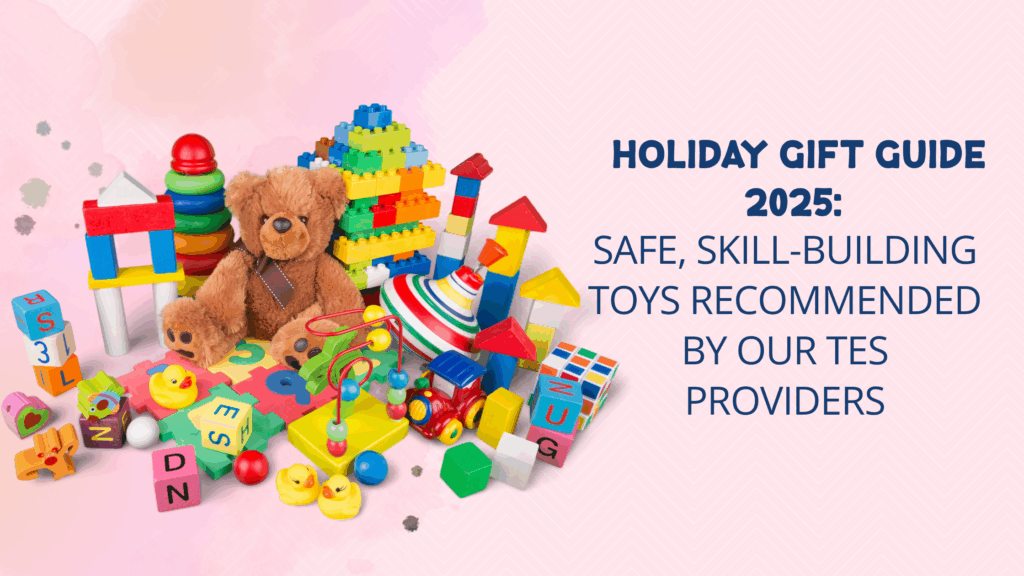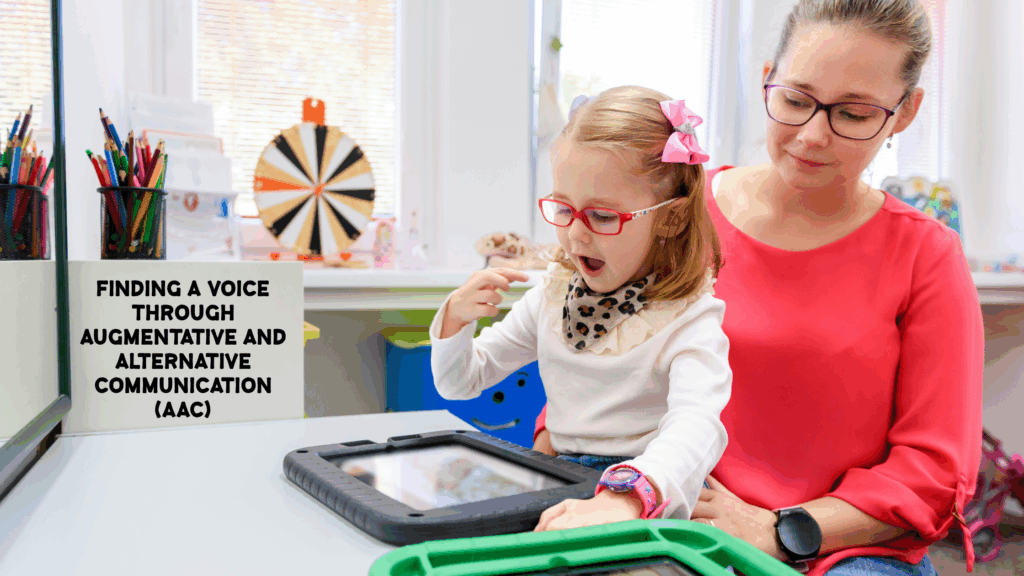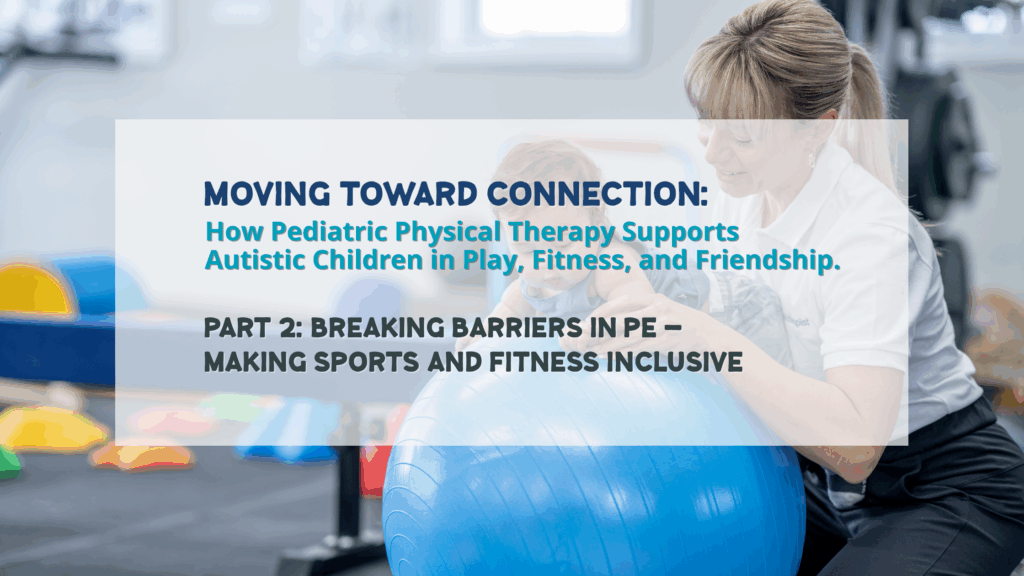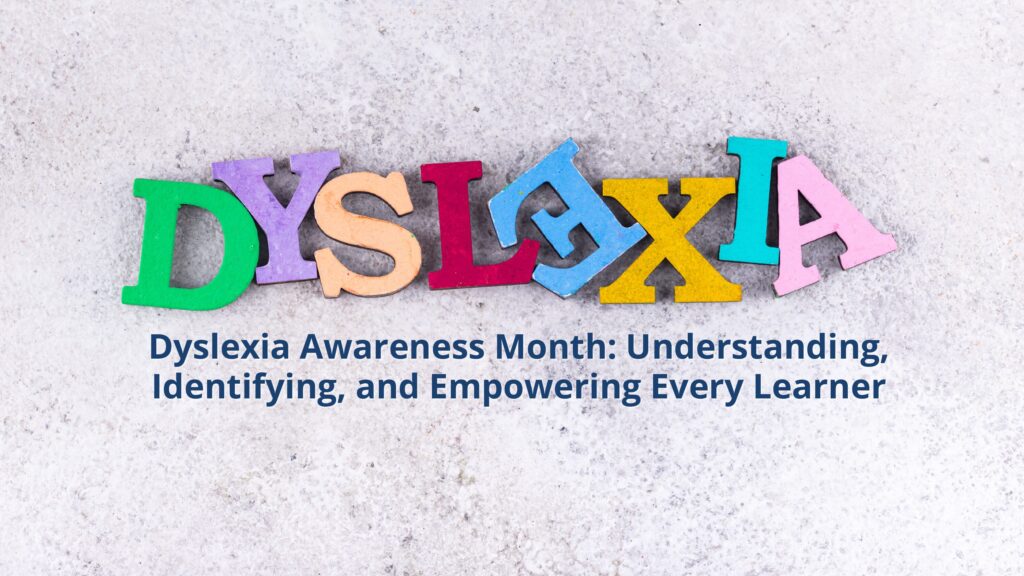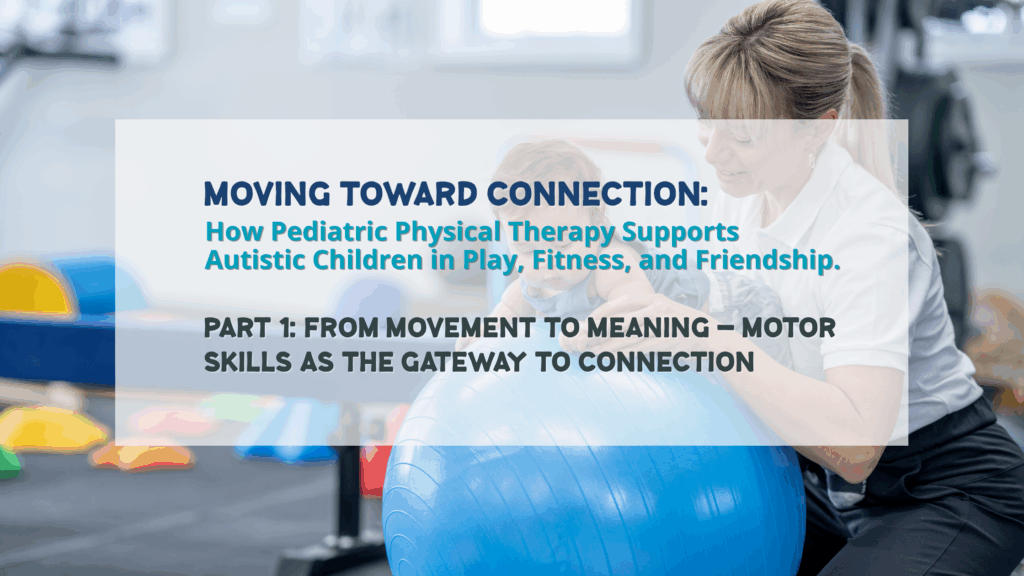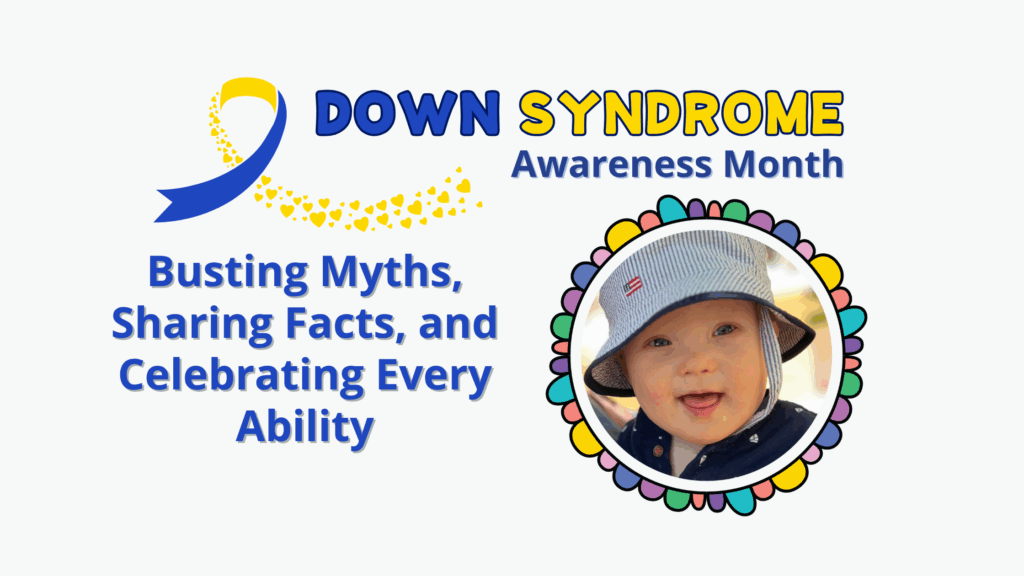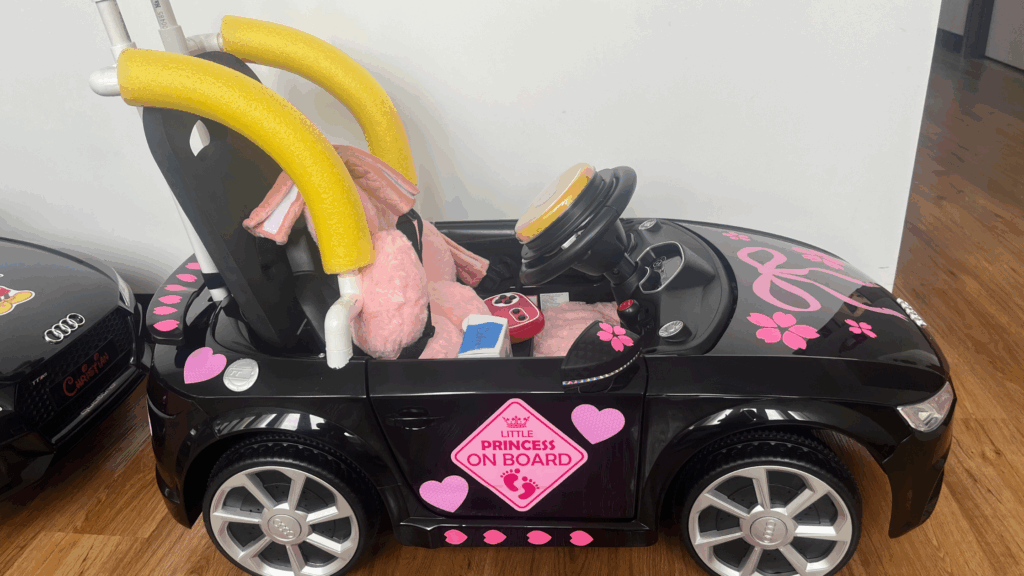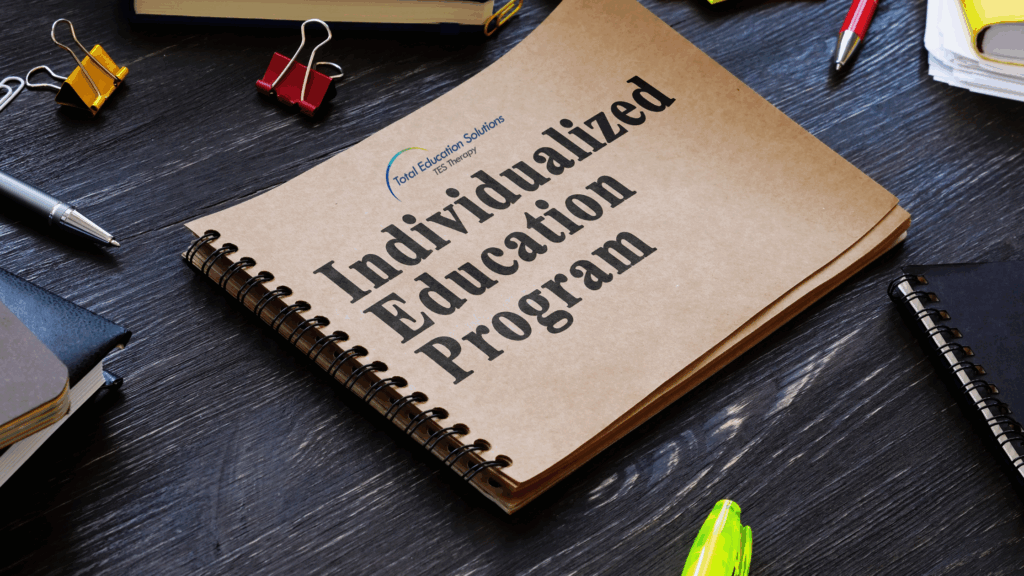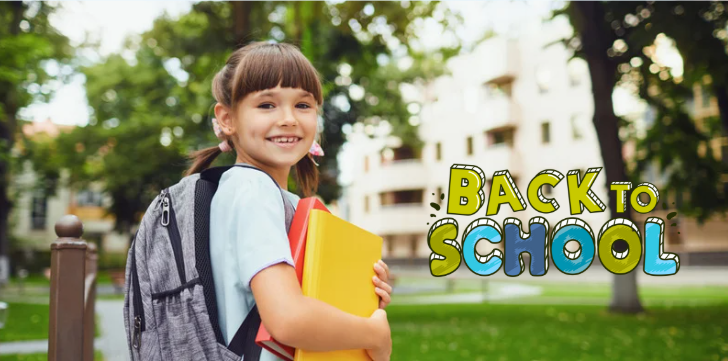When planning for emergencies, it’s crucial to recognize that individuals with special needs—whether children or adults—may require extra attention and preparation. Emergencies such as natural disasters, power outages, or evacuations can be especially challenging for families and caregivers. Having a well-thought-out emergency preparedness plan can make all the difference. In this guide, we’ll cover essential tips and resources to ensure that special needs individuals are safe, comfortable, and cared for in any emergency situation, helping caregivers feel confident and ready when the unexpected happens.
Make a Plan for Specific Needs
Customize your family’s emergency plan based on your unique circumstances. Each household should account for factors such as age, responsibilities, dietary needs, disabilities, and access to transportation or medical equipment. Consider the following:
- Age and Responsibilities:
- Consider the different ages and needs of family members. Children, seniors, and individuals with disabilities may require special support.
- Assign specific roles to help one another during emergencies, especially if some members need assistance.
- Locations and Frequented Areas:
- Plan how family members will communicate and reunite if disaster strikes while they are separated, such as during work, school, or daycare. Know the emergency plans for these locations.
- Dietary and Medical Needs:
- Have adequate food supplies that meet dietary restrictions.
- Ensure there is a sufficient supply of prescription medications and medical equipment, along with copies of prescriptions in case of emergency.
- Language Barriers:
- Ensure everyone in your family can access emergency alerts and warnings in their preferred language. Identify local emergency resources that provide multilingual communication.
- Disability and Accessibility Needs:
- For individuals with disabilities, such as those requiring accessible transportation, work with local paratransit and disability services to arrange emergency plans.
- Ensure individuals who are deaf or hard of hearing can access emergency alerts via text or alternative formats.
- Pets and Service Animals:
- Include pets and service animals in your emergency plans. Stock food, medications, and supplies for them.
- Service animals are legally required to be admitted to shelters with their owners. Confirm local shelter policies and pack supplies in your emergency kit for service animals.
- Power-Dependent Devices:
- If anyone in your household relies on power for medical devices (e.g., oxygen, mobility devices, CPAP machines), plan for power outages. Keep extra batteries, and consider portable power options such as a generator or portable power bank.
- Carry portable chargers when away from home, especially if loss of power could jeopardize health or safety.
Special Needs Planning Tips:
- Create a Personalized Emergency Plan:
- Tailor your emergency plan to meet the individual’s unique needs. Consider their mobility, communication abilities, medical equipment, and personal care requirements.
- Practice the emergency plan regularly with your family so that special needs individuals know the steps to take.
- Develop a Support Network:
- Identify neighbors, friends, or caregivers who can assist with specific needs during an emergency. Ensure they know how to help with mobility, medical devices, and communication needs.
- Share copies of the emergency plan with your support network, including instructions on how to operate medical equipment or administer medication.
- Medical and Assistive Devices:
- If the individual requires medical devices (e.g., oxygen concentrators, ventilators, or mobility aids), have extra batteries or a generator on hand. Store backups of essential medical equipment.
- Ensure devices are portable and can be quickly accessed or transported if evacuation becomes necessary.
- Medications:
- Keep an extra supply of all medications special needs individuals need, along with a copy of their prescriptions. Store this in an easily accessible and waterproof container.
- If any medications require refrigeration, make alternative plans in the event of a power outage, such as cool packs or portable coolers.
- Communication Needs:
- For individuals with communication challenges (e.g., non-verbal or speech difficulties), ensure they have a way to express their needs in an emergency. Use communication boards, picture cards, or speech-generating devices if necessary.
- If the individual uses assistive communication technology, make sure devices are charged and that backups are available.
- Sensory Processing and Behavioral Needs:
- For individuals with autism or sensory processing disorders, prepare sensory-friendly items such as noise-canceling headphones, calming toys, or weighted blankets to reduce anxiety during chaotic or noisy situations.
- Prepare a familiar item (e.g., a favorite toy, blanket, or comfort object) to help ease stress and maintain routines during evacuations or sheltering.
- Evacuation and Shelter Considerations:
- Plan for accessible transportation if the individual uses a wheelchair or mobility aid. Work with local authorities or paratransit services to ensure transportation is available during an emergency.
- Contact local shelters ahead of time to confirm they can accommodate individuals with special needs, including medical or sensory requirements, and whether they allow service animals.
- Special Dietary Needs:
- Pack enough specialized food and beverages to meet dietary needs for at least three days. Consider allergies, feeding tubes, and other special dietary conditions.
- Include supplies for any feeding equipment (e.g., syringes or feeding bags), if applicable.
- Caregiver Information:
- If a caregiver provides daily assistance, make plans in case they are unavailable. Share detailed care instructions with your emergency contacts or support network.
- Ensure medical and care instructions are documented clearly and included in the emergency kit.
- Comfort and Routine:
- Disruptions in routine can be especially challenging for individuals with special needs. Try to maintain as much consistency as possible by bringing familiar objects, following daily routines, and preparing visual schedules.
- Emergency Contact Cards:
- For non-verbal individuals or those who may have difficulty communicating in an emergency, create a card listing their diagnosis, specific needs, medications, allergies, and emergency contact information. Store the card in their backpack or Go-bag.
By considering the specific needs of individuals with disabilities or developmental challenges, you can help ensure that they remain safe, comfortable, and well-cared for during an emergency. Preparing in advance and involving them in the planning process can reduce stress and improve outcomes during disasters.
>>Click to download our full Emergency Preparedness Guide<<

Disclaimer: Always consult a qualified professional regarding how to accommodate yourself and your family during an emergency. This blog is meant for informational purposes and is not a substitute for professional advice.

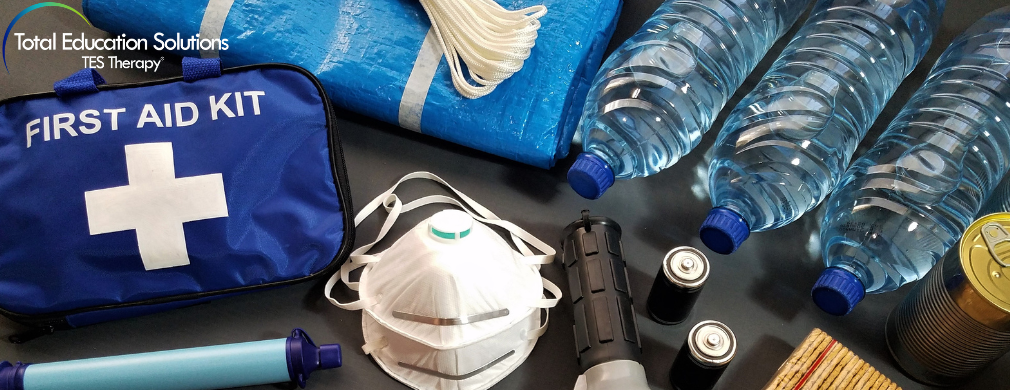
 11 Oct 2024
11 Oct 2024 